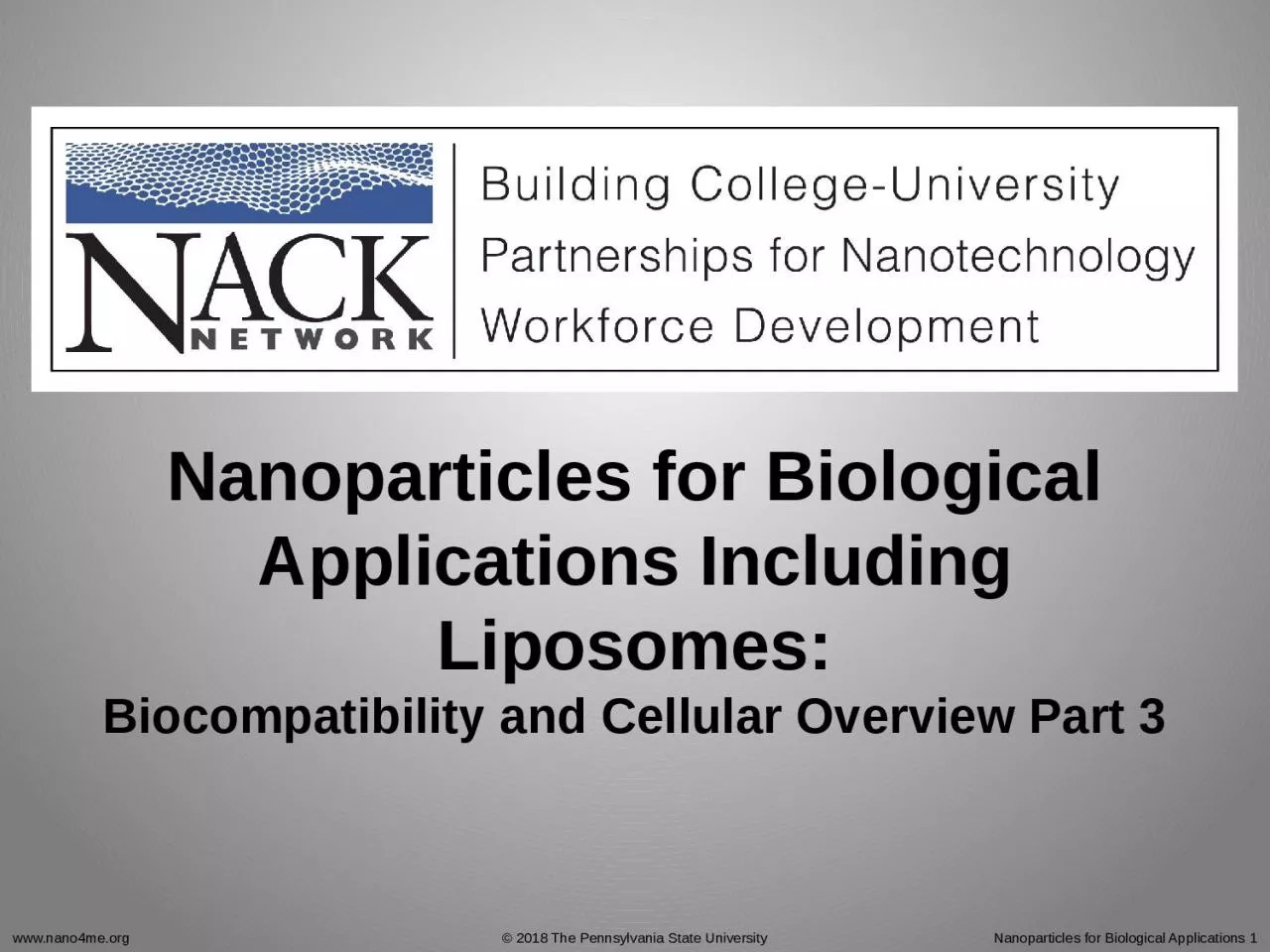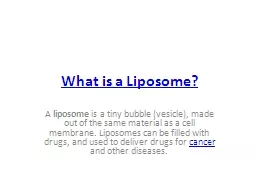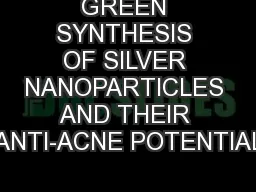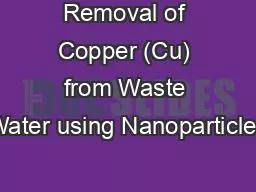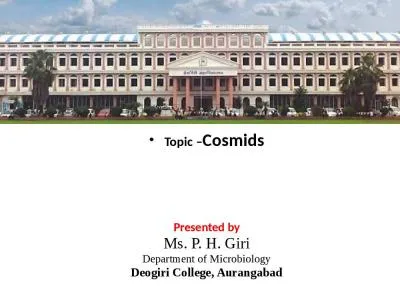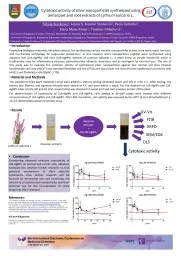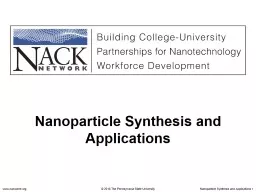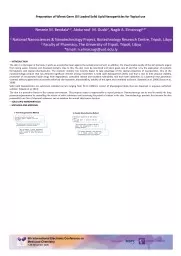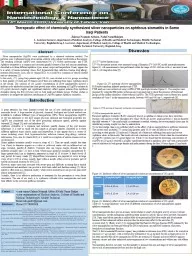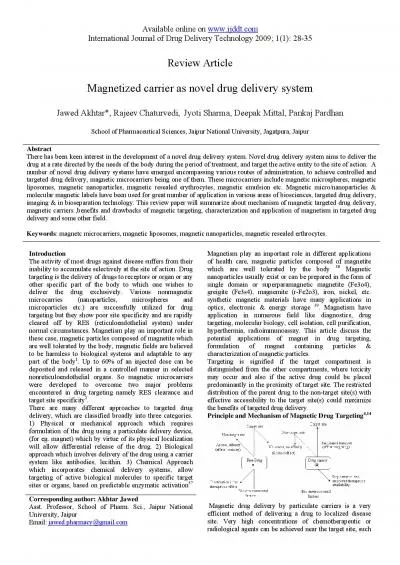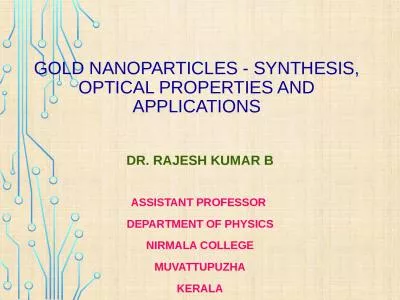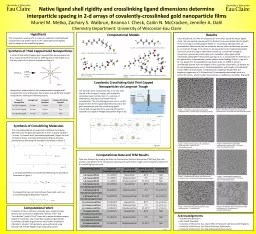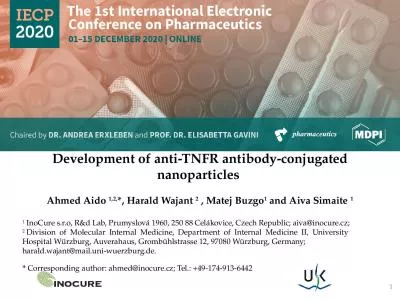PPT-Nanoparticles for Biological Applications Including Liposomes:
Author : bethany | Published Date : 2023-12-30
Biocompatibility and Cellular Overview Part 3 Outline Biocompatibility Quick overview of cellular interaction Scale size generic animal cell Nanoscale materials
Presentation Embed Code
Download Presentation
Download Presentation The PPT/PDF document "Nanoparticles for Biological Application..." is the property of its rightful owner. Permission is granted to download and print the materials on this website for personal, non-commercial use only, and to display it on your personal computer provided you do not modify the materials and that you retain all copyright notices contained in the materials. By downloading content from our website, you accept the terms of this agreement.
Nanoparticles for Biological Applications Including Liposomes:: Transcript
Download Rules Of Document
"Nanoparticles for Biological Applications Including Liposomes:"The content belongs to its owner. You may download and print it for personal use, without modification, and keep all copyright notices. By downloading, you agree to these terms.
Related Documents

